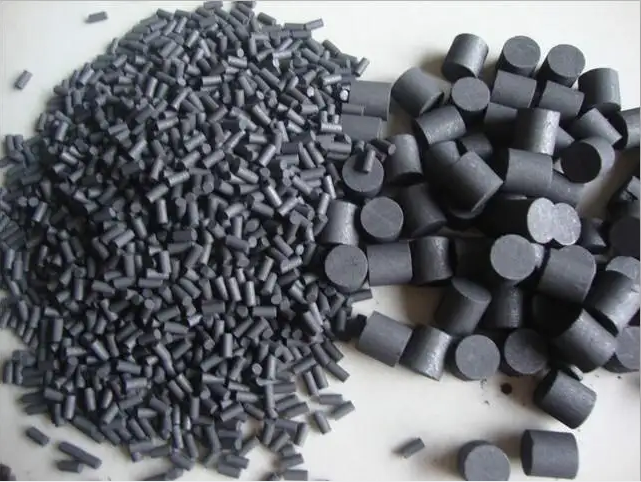The mechanism of graphite lubrication
Graphite has a hexagonal crystal structure. Because the bonding force between the surfaces parallel to the foundation surface is weak, these crystals are easy to shear between the surfaces, that is, the friction force is small, and at the same time, it can support the load perpendicular to the foundation surface, so the bearing capacity is strong, and the friction coefficient is small. It has the best properties as a solid lubricant.
The friction and wear of graphite is dominated by adsorbed gas. The wear rate of graphite decreases with the increase of water vapor pressure. When the pressure increases to more than 466Pa, blind damage cannot be observed, indicating that the lubricating properties of graphite are affected by adsorbed gas.

The reason why the wear characteristics of graphite depend on gas adsorption is that the surface energy of the graphite edge surface (side surface) is 100 times higher than that of the base surface, so the edge surface is easier to adhere to the bottom metal surface in vacuum than the base surface. Even if the tangential force increases, shear will not occur between the foundation surfaces that are easy to slip. This leads to increased friction coefficient and increased wear. The friction coefficient of graphite in vacuum is twice that in air, and the wear is even as high as 100 times.
If there is gas, the edge surface first adsorbs the gas and reaches saturation, then its adhesion to the metal surface occurs on the base surface. Under the action of shearing force, the slip between the base surfaces becomes easy.
The higher the crystallinity of graphite, the more it can protect the lubricated material from wear. In addition, the content of impurities must be controlled below 1%, otherwise significant abrasive wear will easily occur. However, this effect actually varies with the type of impurities.
Taking advantage of graphite's ability to easily adsorb gases, fluorine, metals or metal compounds can be introduced between the layers to form interlayer compounds, or to form a honeycomb structure through electrolytic oxidation and reduction. As a substance introduced into the interlayer, metal chloride is more effective than metal, and the more the amount of inclusion, the more obvious the effect. It can be seen that cobalt chloride (CoCl2) is the most effective way to improve the density-resistant life, which can extend the life to more than 5 times that of the original graphite. Such new materials can maintain good lubricating properties even under changing sliding conditions.
High quality graphite manufacturer
If you need graphite powder, please feel free to contact: sales@graphite-corp.com







